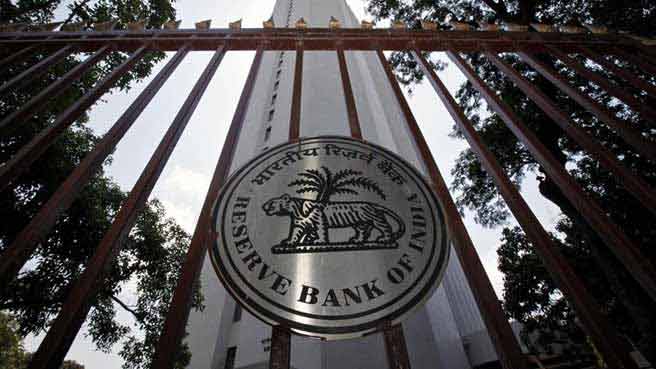
The Reserve Bank of India is reportedly likely to infuse Rs 1 trillion into the economy through a series of bond buyback operations spanning several months.
The programme, announced on the RBI website on Tuesday after the markets closed, aims at injecting Rs 500 billion into the banking system in December and another Rs 500 billion in January 2019.
The bank may undertake yet another operation of similar size before March 2019, the report says.
The move has political significance in view of reports that government pressure has been trying to cajole the central bank into increasing the economy's liquidity in an election year, some observers believe. The higher liquidity could help industrial output and employment generation.
The programme will raise bond prices and boost treasury profits when lenders need capital.
The RBI, which had earlier planned open market operations (OMO) to buy bonds from the secondary market for Rs 400 billion in December, will now increase the scope of the operation to Rs 500 billion.
It hopes to achieve this by increasing the size of the two remaining OMO auctions to Rs 150 billion each against the scheduled Rs 100 billion.
In January, the central bank will release another Rs 500 billion into the economy through bond buyback operations in five auctions of Rs 100 billion each. The central bank said it would "consider a similar quantum of OMO purchases until the end of March 2019," a Business Standard report said.
The liquidity deficit in the banking system as of Tuesday was an estimated Rs 1.32 trillion, partly because of advanced tax outflows from the corporate sector, a report said. An OMO purchase infuses "durable" or permanent liquidity in the system until a reverse OMO sale takes place.
The total OMO purchases in the present fiscal year could add up to Rs 2.5 trillion. The central bank so far has purchased about Rs 1.57 trillion in bonds.
"Close to Rs 2.5 trillion OMO in a fiscal year and the announcement effect of explicit guidance more in future will act as market-clearing measures. It is likely that the behaviour of current yield swill majorly is guided by OMOs," the website quotes Soumyajit Niyogi, associate director of India Ratings and Research, as saying.
This expansion of the balance sheet by the central bank is a boost to the liquidity situation and will end the December quarter on a happy note for banks. The yields on bonds are falling following a crash in oil prices, and such liquidity enhancement measures would make the yields fall even further, helping to buoy bond prices, the report says.

















